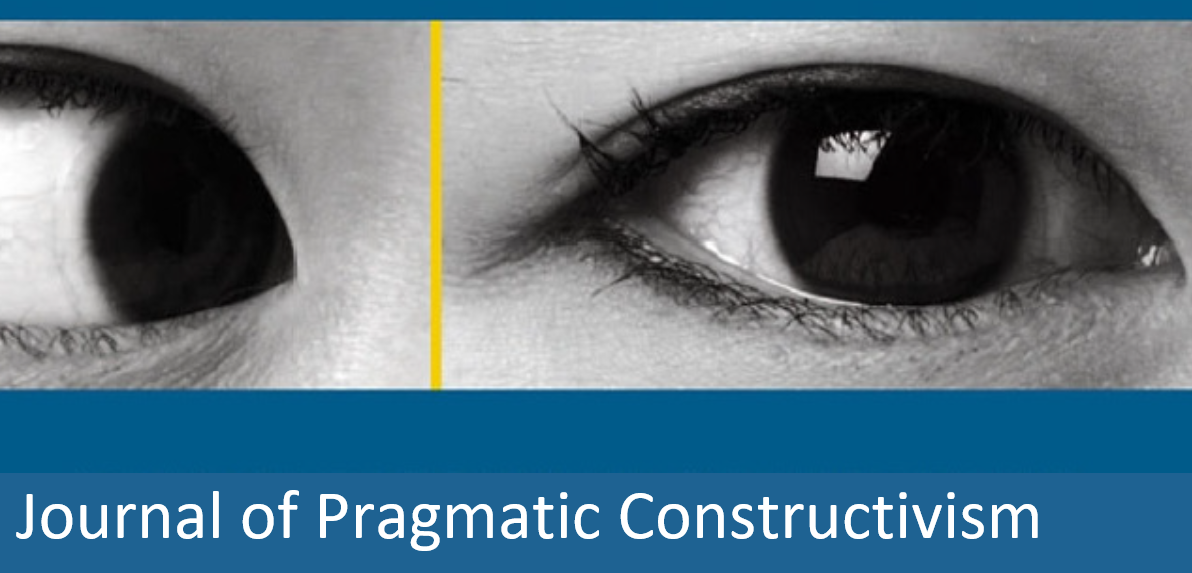Higher Education, Management Control and the Everyday Academic
DOI:
https://doi.org/10.7146/jopracon.v12i1.135308Abstract
This contribution to the Festskrift for Hanne Norreklit examines how the use of management controls by senior management of universities impacts on the everyday academic. This examination is rooted in two interrelated issues, being, first, what should the purpose of a university be and second, what should they look to contribute to society. To keep the analysis that follows manageable, England provides a representative setting due to these issues having been heavily debated there within recent decades. While these debates continue, market-orientated understandings have come to dominate, influencing the focus of successive governments and, in turn, the situated practices of universities. Specifically, this has changed the focus of senior managers, at universities, away from their traditional remit towards revenue generating activities. Key to their efforts is the understanding that external impressions of their university, as provided by, for example, rankings, will affect financial performance. This results in senior management increasingly managing for the rankings and other such external signifiers. In so doing, they have progressively introduced management control regimes that focus the organisation’s activities onto the external signifiers. However, as senior managements’ performance, and thereby rewards, has become increasingly linked to the external signifiers, their focus has narrowed only to the output metrics of the management controls they have put into place. Hence, they become wilfully ignorant of the wider impact these management controls have, and the pressure cooker situation this creates for many everyday academics. While this outcome has been well documented in the extant literature, this article adds, through the analysis of exemplars, how this is resulting in the grimmest of situations, with dire consequences. As part of noting that this could, and should, be different, speculation is raised over whether other management controls may act as release valves to this pressure cooker situation.
Downloads
Published
How to Cite
Issue
Section
License
Previous and future use of the work
Journal of Pragmatic Constructivism assumes the non-exclusive rights to publish and store the work of its authors, once they have consented to a publication. Since the rights to publish are non-exclusive, authors are free to further develop their work and to publish it in other media. Hence, it is explicitly allowed that works submitted to Journal of Pragmatic Constructivism may be published in a somehow similar, but further deveoped, form in other media. Yet, submitting authors warrant that the work is not an infringement of any existing copyright and will indemnify the publisher against any breach of such warranty.
Permissions
By submitting work to Journal of Pragmatic Constructivism, the authors declare that they have permission to use any content that has not been created by them. Specifically, when using tables, figures or excerpts of more than 400 words, it is expected that the authors…
- …obtain written permission of copyright for the use in print and electronic formats of any of their text, illustrations, graphics, or other material, in their work. This includes any minor adaptations.
- …acknowledge the original source in captions and in the reference list.





